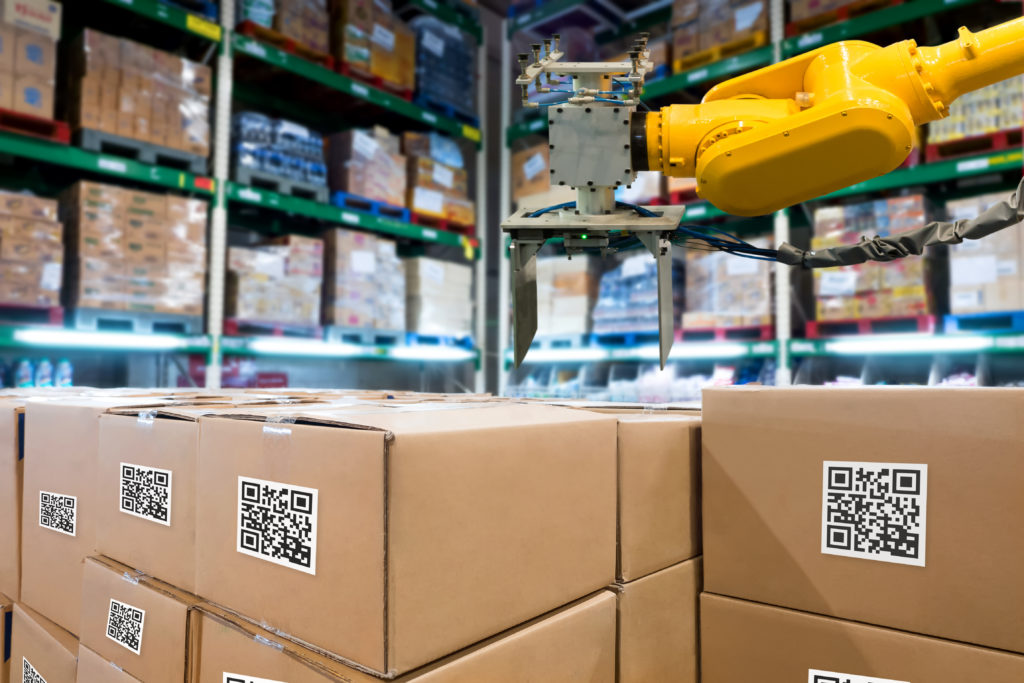As brand owners evaluate options for combating counterfeit goods, one area in which they may address the problem is through product authentication tools. There are many solutions in this arena, ranging from simple holographic tags to highly technical integrated ERP solutions that serve both an anti-counterfeiting function and provide increased visibility through the supply chain.
We discuss here some of the considerations brands should assess when conducting a cost-benefit analysis in evaluating the need for and the potential effectiveness of product authentication tools.
Benefit: Deterring Counterfeits
The primary function of product authentication tools is to prevent the introduction of counterfeit products into the market. This goal is achieved by introducing yet another variable potential counterfeiters will need to consider in their reproduction of the underlying good. The absence or poor reproduction of an authenticity or security tag can be a clear red flag to consumers. Additionally, some solutions provide functionality (track and trace, ink detection, QR, etc.) that is difficult to replicate properly by counterfeiters.
Benefit: Adding Value to Other Business Units
Some functionalities, such as track and trace technology, provide data and information that is useful to business functions other than anti-piracy. Track and trace can provide insight into the supply chain and identify particular areas of risk. Utilizing functionality that benefits multiple business units may help a brand to rationalize the expenditure on these more robust product authentication solutions and provide a more comprehensive approach to securing the firm’s supply chain against previously unforeseen threats.
Benefit: Consumer Engagement
More advanced product authentication tools may also serve a sales and marketing function. Brands may be able to leverage scans of authentic products by end users as an opportunity to introduce similar or complimentary products that the consumer may find appealing or to collect valuable consumer data. For example, brands can encourage consumers to scan authentication tags on their purchased goods using their own smartphones (perhaps by offering the opportunity to win a prize). The scan will lead the user to a page that authenticates the product and requests their email address or other contact information, thereby contributing both to future marketing efforts as well as helping to alleviate any perceived stigma around the authentication tool.
Cost: Higher Landed Costs
Needless to say, the addition of product authentication tools will increase unit production costs and final landed costs. Brands must evaluate the feasibility of absorbing these costs in their margins. It is said that the cure should not be worse than the disease, so it becomes important for the brand to assess the potential impact product authentication tools will have on legitimate sales through targeted testing and/or pilots with at-risk assets.
Additional Consideration: Viability
Outside of production cost considerations, it is also important to determine whether the selected product authentication tool fits with the profile of the brand and its distribution model. Several questions that may guide these decisions are:
Who will ultimately be utilizing the functionality?
Licensed distributors may be better equipped to utilize specific solutions or identify potential counterfeits. Certain authenticity or security tags may require resources that can only be made available to select distributors as opposed to all end users, who may lack the education or platform to effectively utilize the solution or identify potential counterfeits. Conversely, as discussed above, a brand may seek to drive consumer engagement by encouraging end users to interact with the authentication tool.
Is there a secondhand market for the brand’s products?
Resale of goods through a secondhand market can limit the effectiveness of authenticity or security tags. The tags may be removed or discarded prior to the secondary sale, which could create confusion regarding the authenticity of the product. Additionally, certain functionality (track and trace, RFID, etc.) can be rendered ineffective if the tag is damaged or altered in any way.
Overall, product authentication tools can provide a meaningful impact for a brand’s anti-piracy efforts. However, it is important to conduct a thorough cost-benefit analysis of each solution to ensure that it meets the needs of the organization.
- Challenges Bred by the Modern Model of Counterfeit Sales - September 30, 2021
- Six Reasons to Register Your Copyrighted Content - May 28, 2020
- Product Authentication Tools: Are They Right for Your Brand? - March 25, 2020

